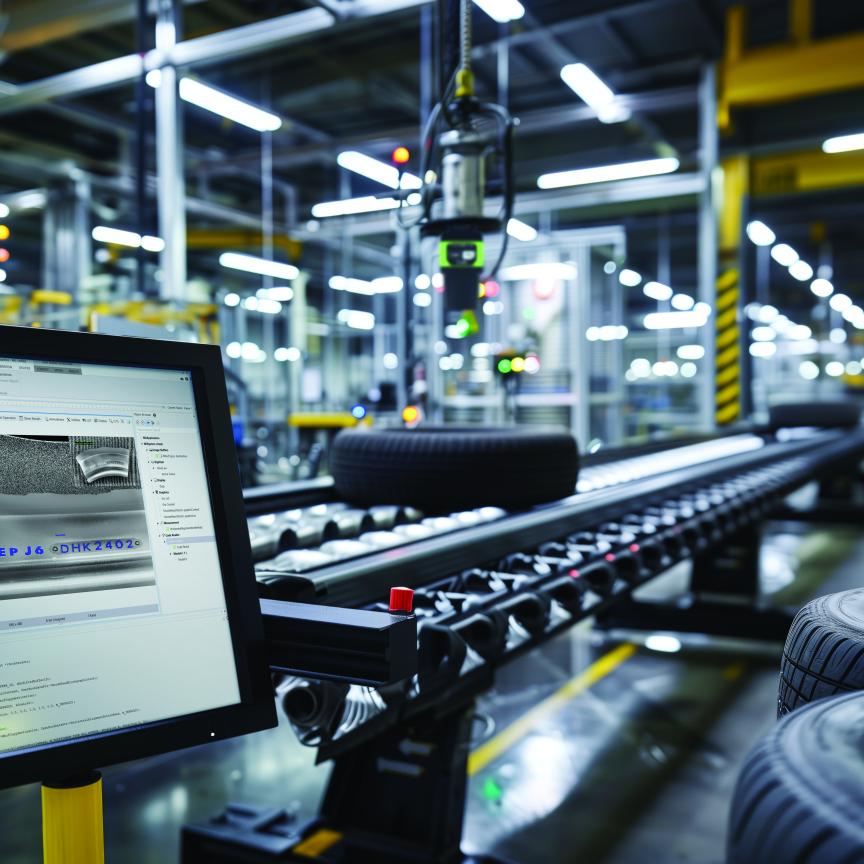An automated seed-sorting machine developed by Agricultural Research Service (ARS) agricultural engineer Thomas Pearson, in collaboration with National Manufacturing in Lincoln, Nebraska, is helping plant breeders separate seeds with a high degree of accuracy. ARS is the chief intramural scientific research agency of US Department of Agriculture (USDA).
The machine uses a colour camera to capture images of seeds as they fall from one of three chutes. The seeds are then sorted based on surface texture and RGB colour values calculated from the image data. Rejected seeds are separated with a puff of air from an air valve.
In tests in his laboratory at the ARS Center for Grain and Animal Health Research, Pearson showed that the sorter can help wheat breeders by differentiating kernels of hard red wheat from kernels of hard white winter wheat, with 98.6 per cent accuracy. The sorter also was accurate 94 per cent of the time in separating yellow from brown flax seed.
National Manufacturing has marketed the device since 2010. The machine is currently being used to separate unwanted grass seeds from seeds of native plants needed to revegetate publicly owned lands in the western United States. It is also being used by a major breeder of peas and beans to remove damaged seeds, while some university plant breeders rely on the sorter to discern and discard spotty peas or to reject wheat kernels that show coloration associated with Fusarium head blight, a costly disease of wheat and barley.

